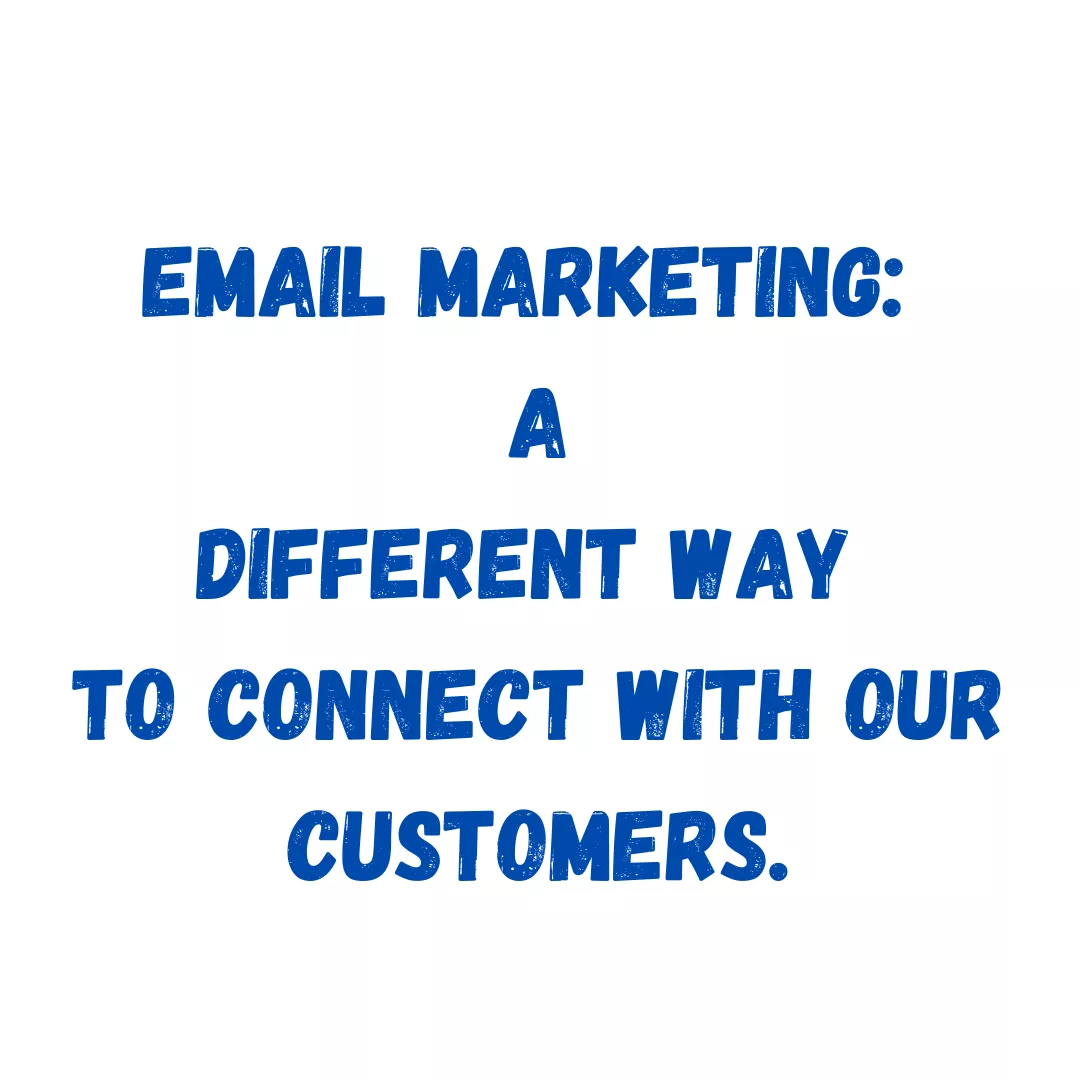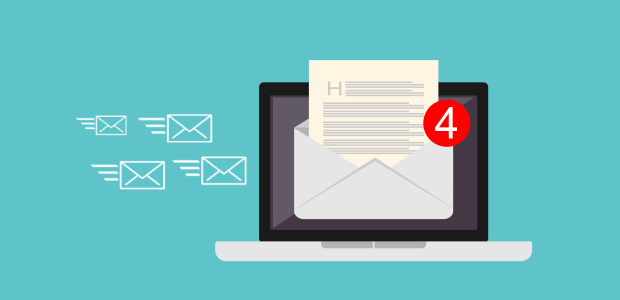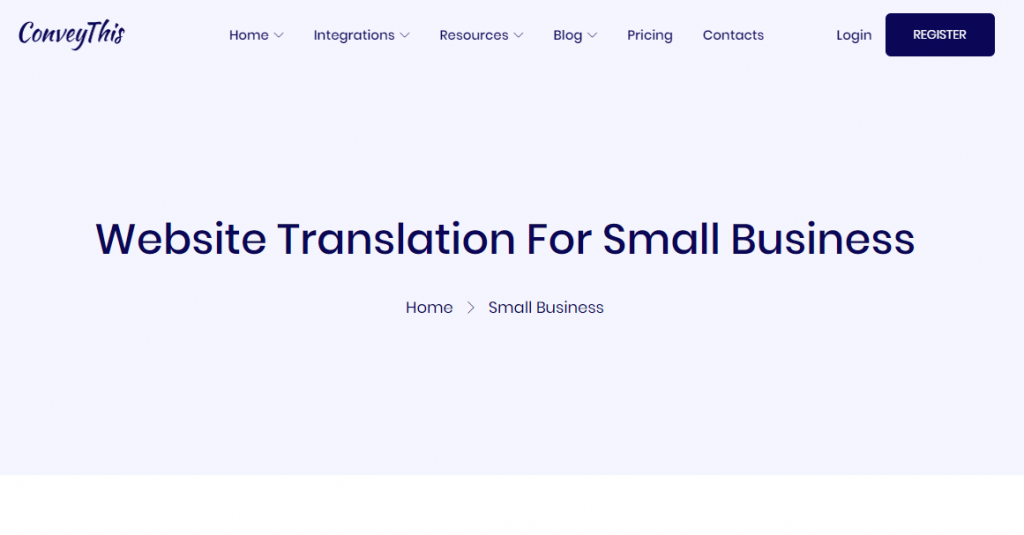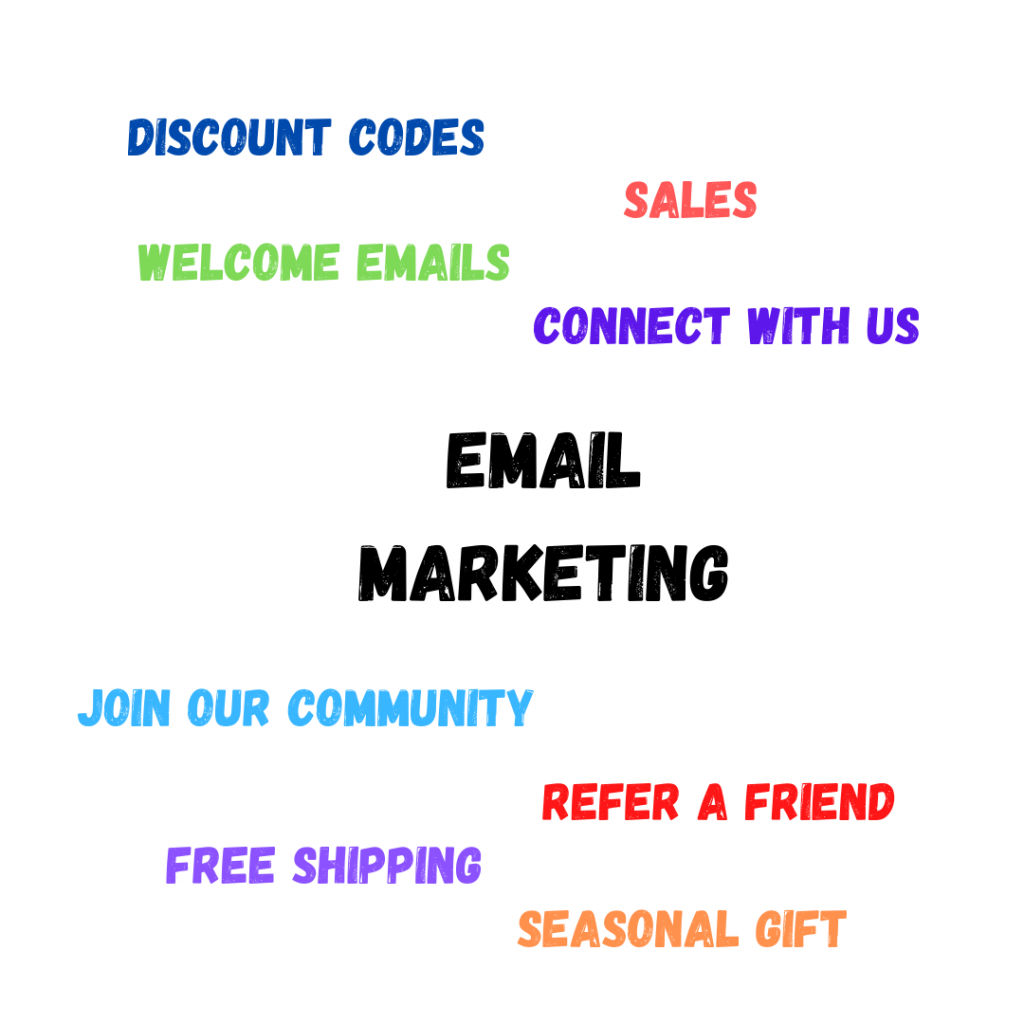
For years we have sent and received emails, our inboxes have become our daily connection with friends, family and co-workers but at some point, we have started to realize the link that can be created thanks to the messages we share in them. If we translate the power of the influence of an email from our daily activities into our businesses and how to reach our customers in a personalized way, with information about our products or services, what used to be a simple message becomes a marketing strategy.
Whether we plan to get started in this process or we have been running these campaigns before, it is always important to keep certain factors in mind, so let us start by understanding what email marketing is about:
Whenever we go shopping or we subscribe to certain products or services, we get new emails with marketing messages, in order to sell, educate or build loyalty. This could determine whether we decide to buy the product a second and third time, use the service in the future or we simply decide that we won’t try it again. Emails are a particularly important tool to share transactional, promotional and life cycle messages to a list of recipients, e-commerce finds this tool essential to build a connection with current and potential customers.

Source: https://wpforms.com/how-to-setup-a-free-business-email-address/
Unless you let your customers know our updates, promotions, new
releases and more, how could you be sure they will be part of your regular
website traffic? This is when email marketing gives our customers to keep
coming back for more, this is when giving certain benefits to your customers
with email subscriptions makes sense.
As most of us have heard before, to find our target audience, we need to know
what they search for and what they would buy, search engines and social media
are the best ways to find people with interest in our brand but email marketing
will give them reasons to become what we could call a regular customer that
eventually becomes part of our website traffic.
Although the success of these emails can’t be 100% guaranteed for certain
businesses, sales may vary, customers are more likely to be driven to shop when
they get our information through this source.
There are three ways to grow revenue, according to the marketer Jar Abraham. Acquiring and maintaining customers as well as each one of the three growth multipliers can be affected by email marketing.
( C ) – Increase the total number of customers: affected by automated messages.
( F ) – Purchase frequency: influenced by a bounce-back or win-back campaign.
( AOV ) – Increase of the average order value: affected by life cycle campaigns and broadcasts.
These three aspects are affected simultaneously and that represents great benefits when an e-commerce business decides to start planning a new email marketing strategy.
It is well known that in recent years it is harder to be noticed on search engines as well as social media and you would probably need to pay for advertisement. If your idea is to get into email marketing, do not forget to establish your goals when it comes to subscribers and everything related to legally run your email campaigns.
Where do I start?
- Select the email service provider that fits your business’s needs.
- Create your email list based on pre launched page, previous sales or customers accounts, opt-in forms in the website or signups influenced by sales, discounts, asking for emails in person is also valid.
Once you have created the emails’ list and you seem to be ready to start your marketing strategy, remember there some legal aspects you should keep in mind to make sure your new relationship with customers is based on the permission the customer grants you to stay informed about the product or service. This is how we avoid SPAM.
E-commerce sees in email marketing a strong ally and three categories are commonly known for these campaigns.
Promotional emails are based on specific deals, limited time only discount, gifts, newsletters, content updates, seasonal/holiday promotions.
Transactional emails are based on orders confirmations, receipts, shipping and information for the checkout or any purchasing action.
Life cycle emails are more related to the action the person took and where in the customer life cycle process this person is (reach, acquisition, conversion, retention, and loyalty).
Imagine you run a small business and you knock at ConveyThis website looking for some help to translate your own site. You will find uncountable information about ConveyThis services and of course, you would probably love to receive updates on their blog or updates. You will find the email subscription by their footer widget, the “contact us” option and the option to register and create an account.
No matter which option you choose, you would still provide information and the company will be able to share their marketing emails with you whether they promote more services, proceed with the checkout of your website’s translation or at any of the customer’s life cycle process.

Some other important factors to consider when creating email marketing strategies:
– Discount codes or free shipping options: discount codes could be set for seasonal sales or limited time offers, free shipping options can be set after certain amount of money in a purchase or as a gift for a second purchase.
– Create a community where your customers can share their impressions about the product or find more information about it.
– Friend referrals: getting discounts or gift cards for referrals is a common and a good incentive if we want customers to come back to our website and of course it is the online “word of mouth” strategy.
– Tracking order options: we have all bought some online and we want to make sure we know where our package is. Tracking options would add some credibility to our brand.
– Products suggestions based on the customer’s purchase: these are the next possible products our customer will buy after their current purchase, whether it is their second or third purchase, if it is related to their interest or needs, they might come back for the next product/service.
– Place a review/survey form on your website: it is important to know our customers’ opinions not only about our product but also about different aspects of our business, including the website. Reviews would build the image, the first impression we will give to our potential customers based on what current customers think of us. Surveys would be helpful if we want to make changes, improvements or even tests the audience reaction to those changes.
– Remind the customer about items in their cart: it is not a secret that sometimes customers let their items in the cart for reference or a future purchase, this email generates a good probability to make them proceed to checkout.
– Send welcome emails within minutes and focus on providing a great customer service experience more than selling, this could be the key point to build loyalty. A personalized email that meets the needs of our customers appropriately could define our customer service experience and if enable reviews in our website, you will probably get comments about it, if the experience was negative, you might lose more than just one user.

Once the strategy is tested and it is running, how do we track this email marketing performance?
The list size and growth can be tracked by the email service provider, based on new subscribers and broadcast emails on a weekly or monthly basis. A percentage of emails opened by subscribers or that were clicked at least once can be tracked by open and click – through rates.
Now that we know we can use several aspects of technology to get to know our customers a lot better, it is important to highlight the role of email marketing in building customers’ loyalty. In several steps of the life cycle process, from getting to visit our website for the first time to spread the word to others, email marketing is the ally we might need to keep our costumers coming back for more of our products or services, no matter the purpose of the email, whether you want to promote, send or request transactional information or send a life cycle email, you have to keep in mind the factors that would make from this email, a successful one. Not every business would consider and apply all the factors we previously mentioned but you would probably like to study which of those would help you establish the correct email marketing strategy.

